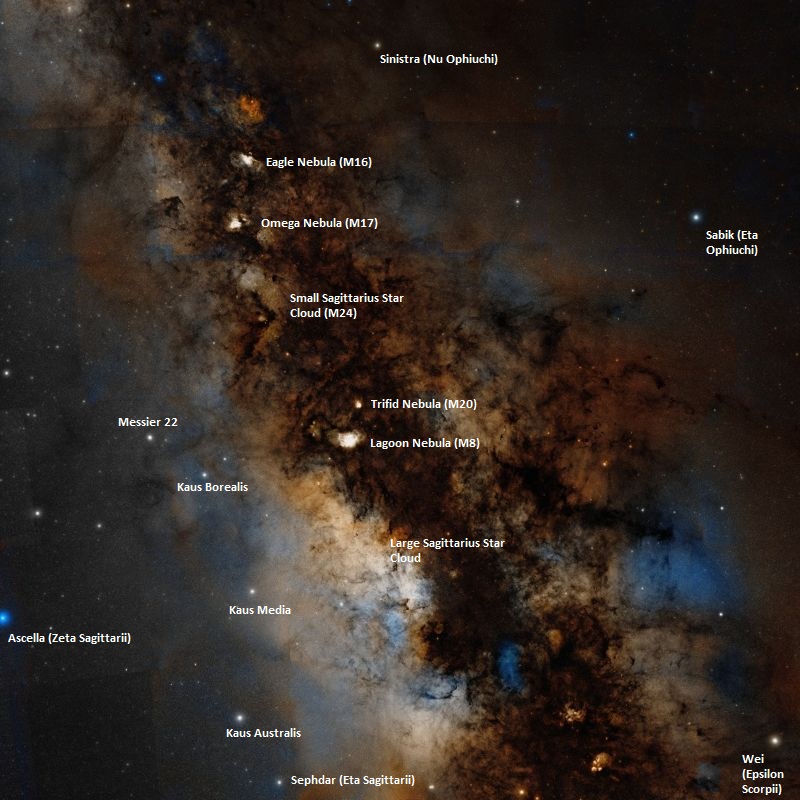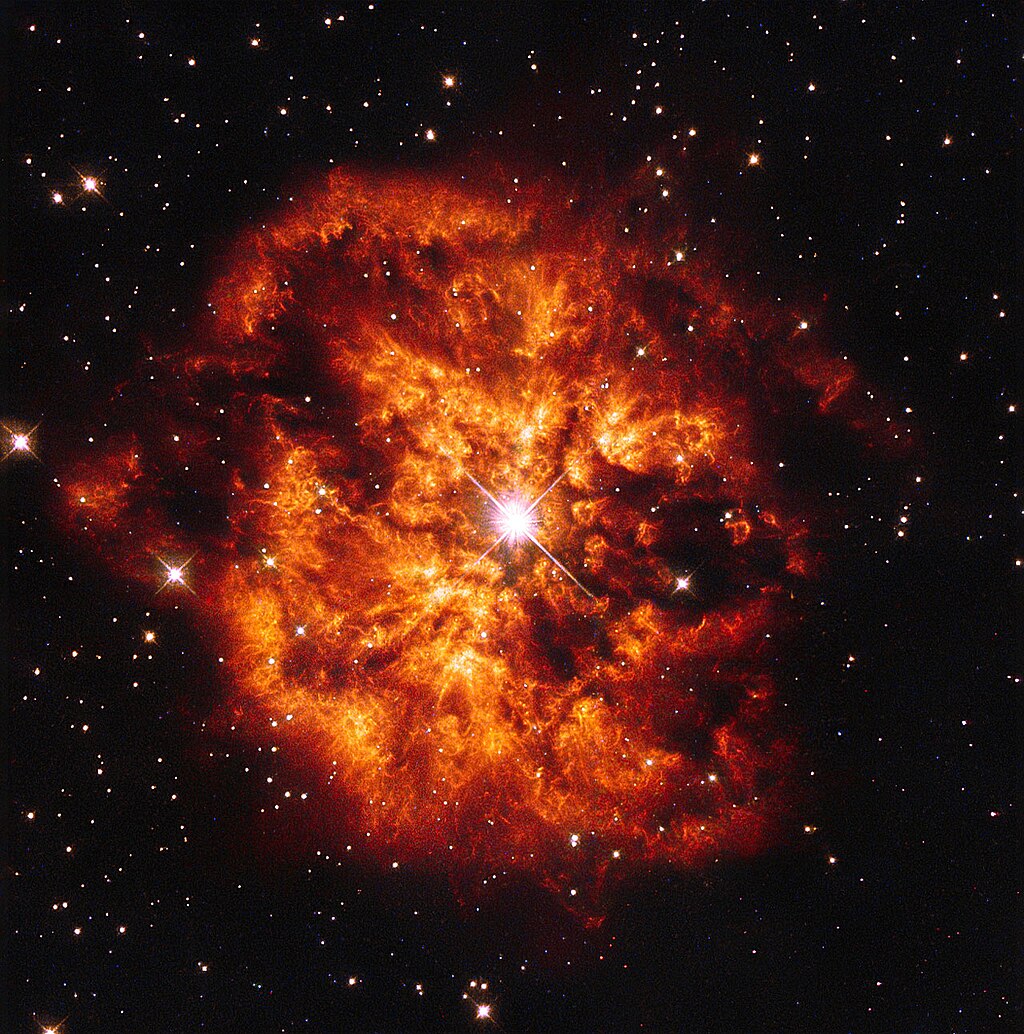VictorBorun wrote: ↑Thu Oct 20, 2022 5:52 am
are add-on IR stars all red dwarves?
which stars are background and which are foreground and which are aborigens?
where are all distant galaxies?
where are all Herbig-Haro jets?
1) Yes, it is likely that the added IR stars are red dwarf stars, for the simple reason that star formation in dusty pillars typically creates low-mass stars. There is rarely enough starforming material in pillars to create massive stars, at least if you ask me.

Anyway, stars that are visible in IR images and invisible in optical ones are likely to be low in mass, and therefore, they are red dwarfs. Admittedly stars that are extremely obscured by dust may well be massive, but I think they will look "special" in IR. They will stand out very much from their environment, I think, and/or they may be surrounded by a cluster of smaller stars. I don't think we are seeing anything like that in the Webb portrait of the Pillars of Creation.
Two massive stars are forming in the Serpent Nebula.
2) We can't say which stars are foreground objects and which stars belong to the Eagle Nebula without measuring their parallaxes. That is a job for Gaia. However, the O- and B-type stars that are found close to the Pillars are almost certainly part of the Eagle Nebula, because there will be no emission nebulas unless there are hot stars there to ionize them.
3) Even Webb can't see any background galaxies in the Eagle Nebula. That is because the Eagle Nebula is located in the dense dust lane of the Milky Way, and all background galaxies are hidden behind all this dust. The area close to the Milky Way dust lane used to be called "the zone of avoidance", because no galaxies were found here.
4) Herbig-Haro objects are not my forte. At all! But I think we are seeing jets in the Webb image, and one jet is visible in the Hubble image, too.
Ann
 Pillars of Creation
Pillars of Creation




